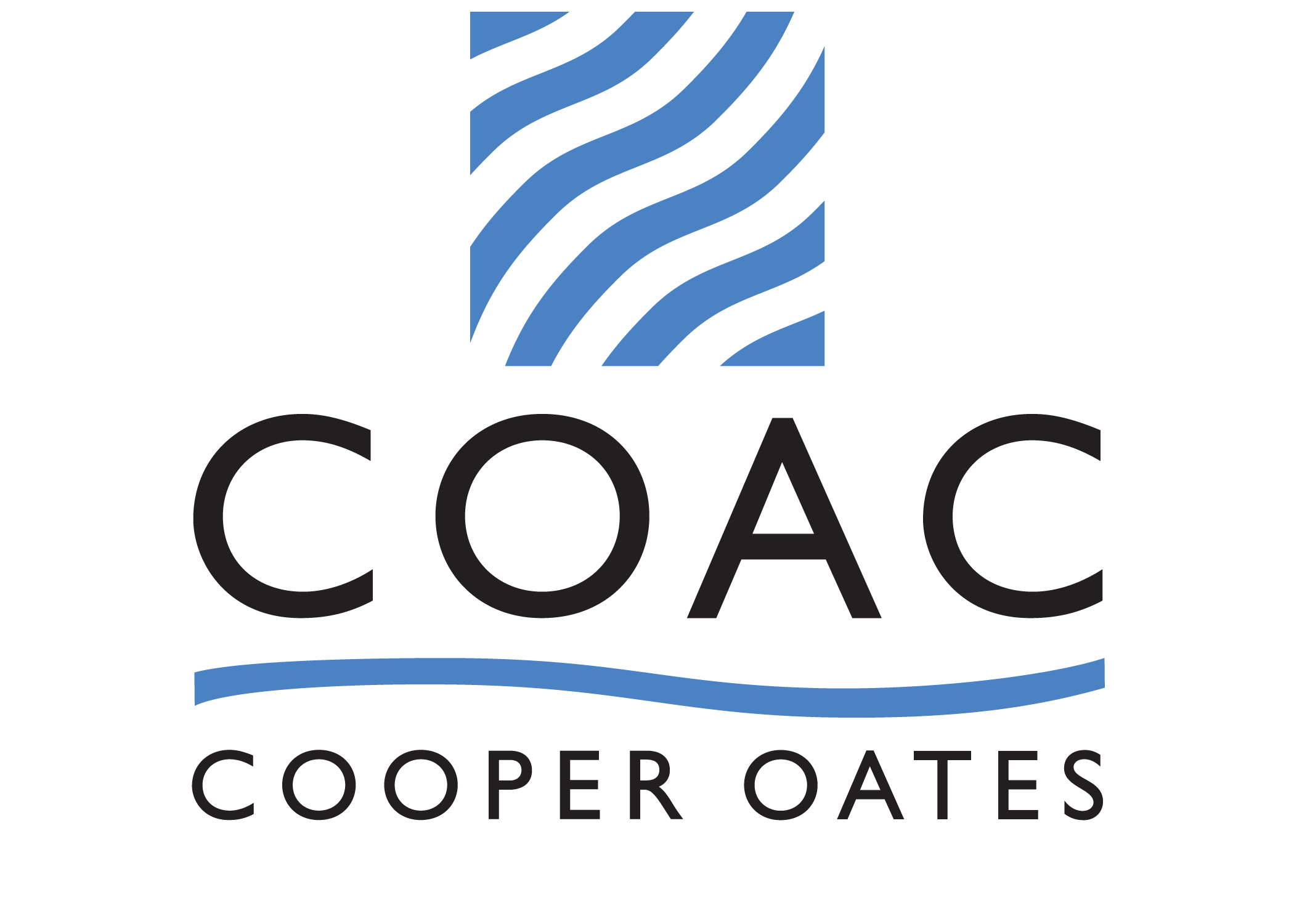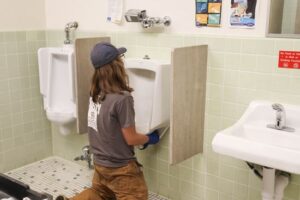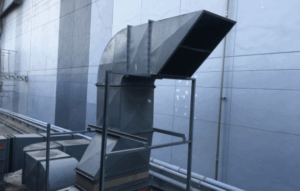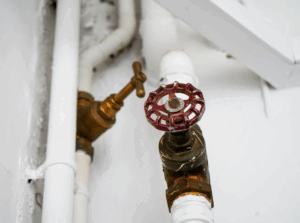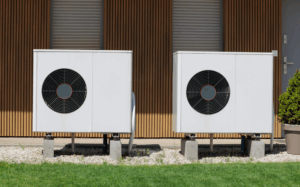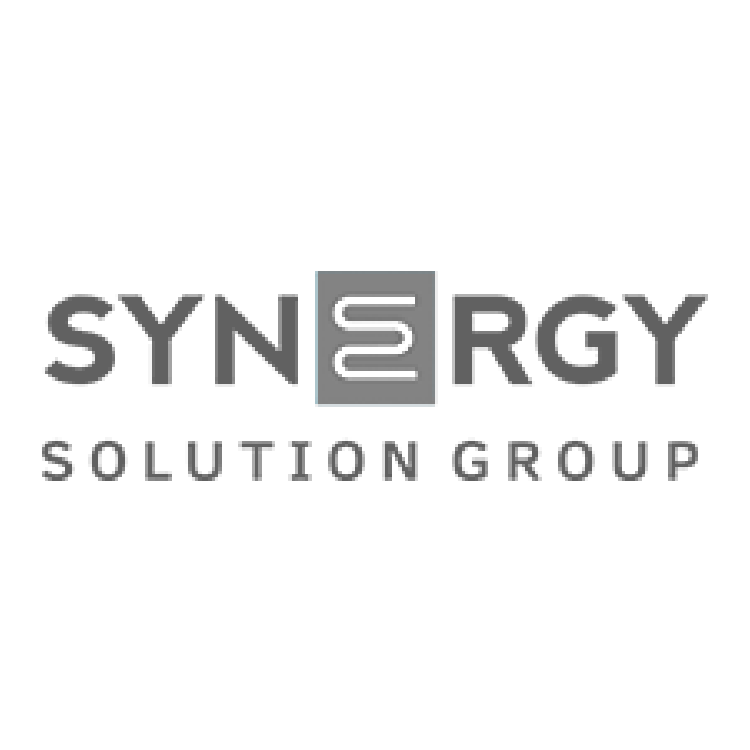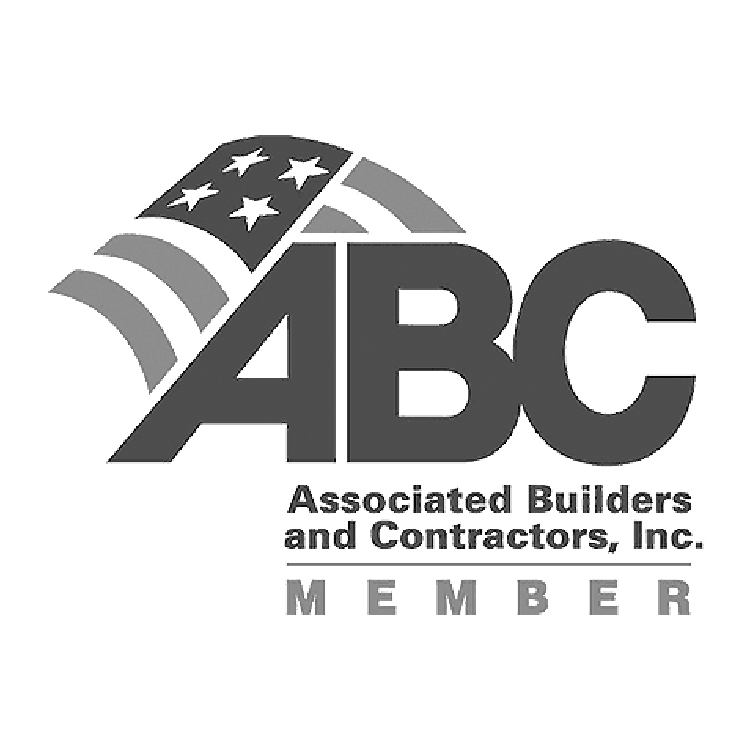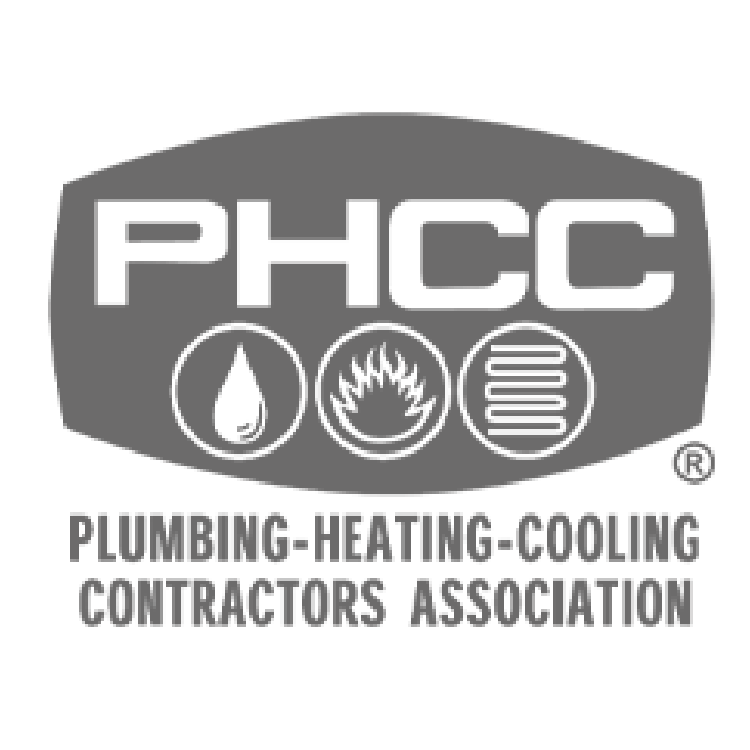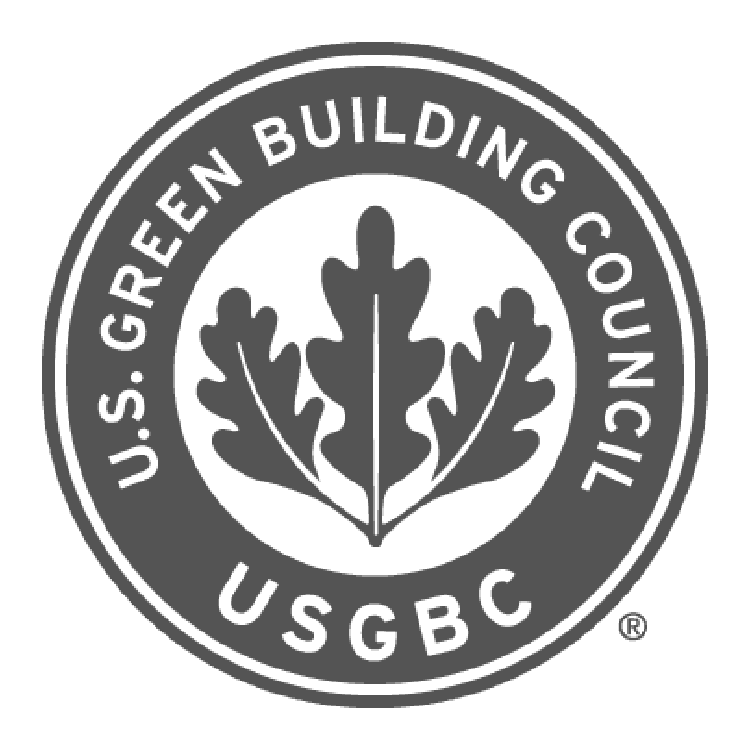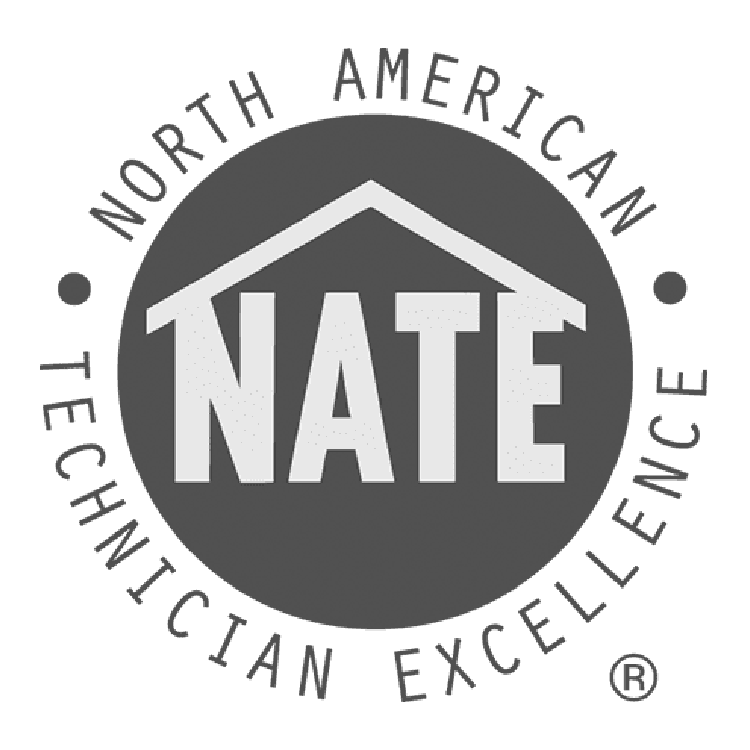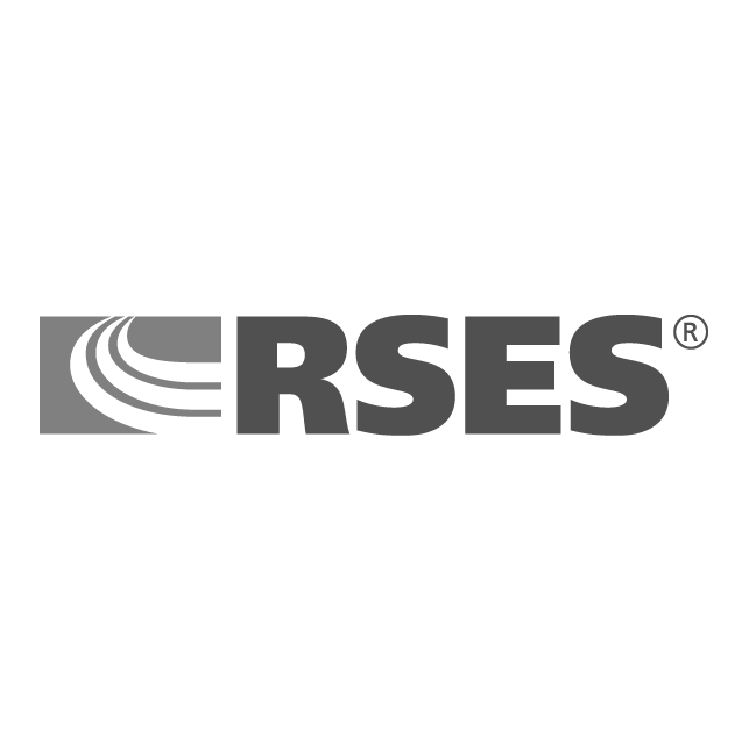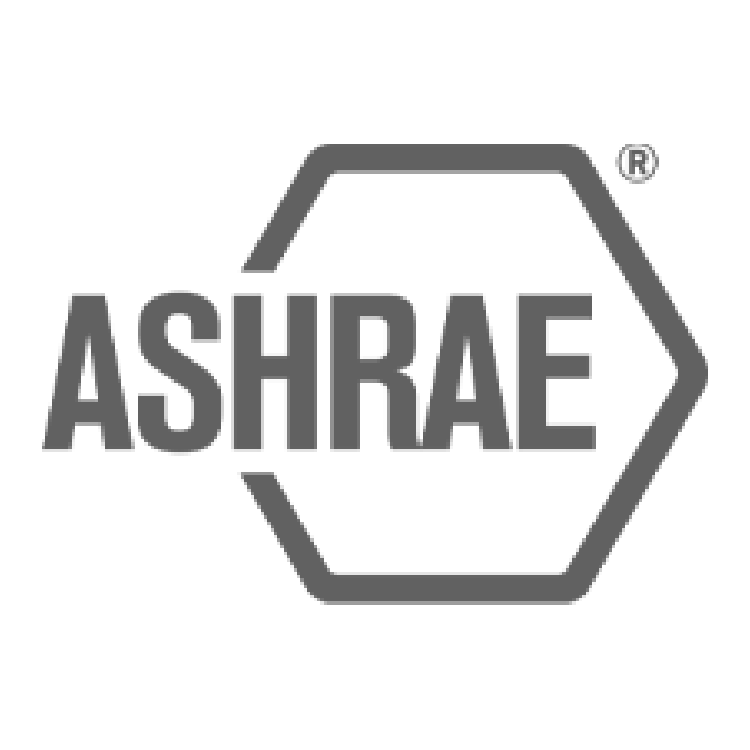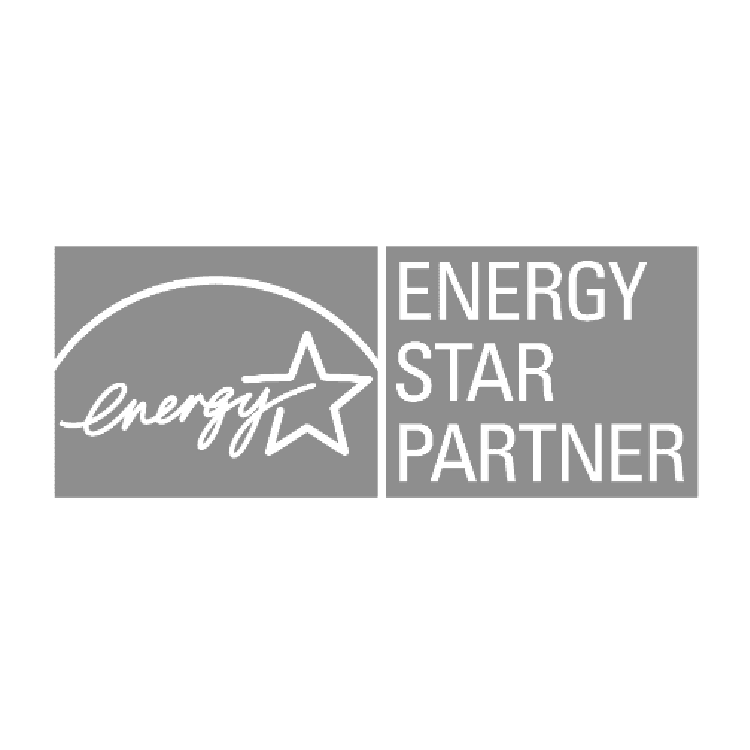Blog
The HVAC/R industry is currently going through one of the biggest changes in the past decade- and compliance is no longer optional. The regulatory shift brings questions for contractors, building owners and suppliers alike regarding future costs, installation procedures, and availability for the newly adopted refrigerants. While there’s still uncertainty ahead, Cooper Oates has made…
Read MoreWhether managing a commercial or industrial facility, or embarking on a new construction project, you face a choice: hire separate HVAC and plumbing contractors, or use one mechanical contractor for both. Which choice is smarter? There are countless benefits of hiring one contractor for your plumbing and HVAC that can save you time and money.…
Read MoreWhat Does Back-to-School Season Mean for Facility Maintenance? The bell is about to ring on a new school year, and classrooms and lesson plans are soon to be packed. School administrators and facility managers, however, must have a proper HVAC and plumbing maintenance plan in place to keep students and staff comfortable. The Cost of…
Read MoreA Key to Comfort: The Importance of Proper Building Pressure for Commercial Buildings We all know that air temperature is important for keeping occupants happy- but did you know that your building’s air pressure is critical to indoor comfort? Your HVAC system might be burning through your energy budget due to something you can’t see:…
Read MoreHow to Increase Efficiency in Your Commercial Building in Sacramento, CA Whether you’re a building owner, facility manager, or contractor looking for ways to improve efficiency, there are practical ways to reduce environmental impact while keeping costs down. At Cooper Oates, we’ve always focused on sustainable solutions that deliver long-term savings while helping you increase the return…
Read MoreHow to Prevent Plumbing Issues in Sacramento Commercial Properties Plumbing issues are a headache no Sacramento business owner wants to deal with. For commercial property managers, even a small leak can turn into costly repairs and frustrated tenants, which leads to slowed business operations. However, there’s good news: most plumbing disasters can be avoided by…
Read MoreWhat Are Heat Pumps? Heat pumps are energy-efficient devices that use electricity to provide both heating and cooling to buildings. In cooling mode, heat pumps work similarly to a regular air conditioner, moving heat from inside a building to the outside. In heating mode during the colder months, a reversing valve allows the heat pump…
Read MoreKeeping Your Air Quality Healthy and Tenants Happy Last November, ASHRAE (American Society of Heating, Refrigerating and Air-Conditioning Engineers) released new guidance on safeguarding indoor air quality in the event during smoke events in response to increasing wildfire threats. With the rise in wildfire frequency and severity over the past few years, it’s important for commercial…
Read MoreClean Coils Help Your Health and Your Wallet: A Guide from Sacramento’s Premier Commercial HVAC Contractor Air conditioning coils: you’ve probably heard of them, but may not know their role in your day-to-day life. Read below for an understanding of the role coils play in your indoor air quality, comfort, and business expenses. Why Are…
Read MoreRunning a commercial property is no small feat, and the last thing you want is a plumbing issue to throw a wrench in your flow of revenue. From keeping employees happy, to ensuring tenants’ businesses run smoothly, it’s essential to maintain a well-maintained plumbing system. With a few expert tips from a seasoned Sacramento plumber,…
Read More